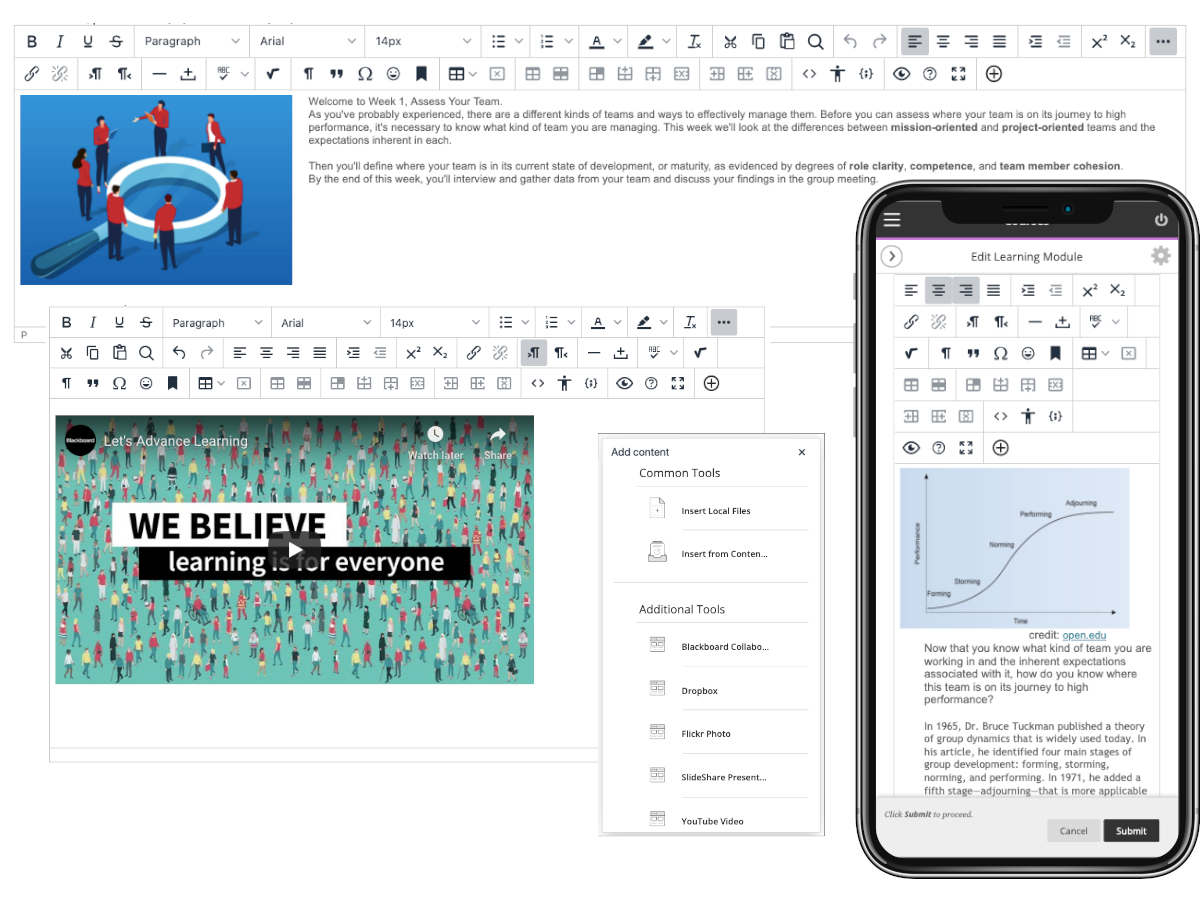
The Learning and Teaching Enhancement Unit have got some more Moving to Online Teaching and Using Microsoft Teams for Learning and Teaching Activities scheduled. You can book your place online and we will send you a Teams Calendar invite to attend the training session.
In the Moving to Online Teaching session, we introduce some general guidance on how to design and prepare for online teaching. We look at the various interactive tools available in Blackboard and offer tips on how best to implement them into your teaching. We also provide some guidance on the e-assessment tools available to you, guidance on how to tailor your Panopto recordings for online delivery, and how to design and prepare for online video conferencing sessions. We finish with some guidance on using Third Party Software to support Learning and Teaching.
In using Microsoft Teams for Learning and Teaching Activities, we expand our advice on running online teaching sessions for students and go through the functionality available to you in Teams meetings. We provide guidance and information on how best to run interactive sessions with your students, looking at the document collaboration functionality available in Teams.
Underpinning these sessions are the principles of Active Learning and Accessibility that will help to create effective online learning environments for your students.
We will be developing our CPD programme over the summer to respond to the needs of staff. If you wish to discuss any aspect of learning and teaching, please email lteu@aber.ac.uk. For any technical guidance, email elearning@aber.ac.uk.



 Setting up sessions through MS Teams:
Setting up sessions through MS Teams: